By Daisy Jing
Not all acne scars are created equally - They come in many shapes, sizes, colors and textures (pitted or raised).
Rolling scars are a type of scar that usually forms after an acne breakout. They look like indented acne scars with a sloped edge. This article will talk about ways to heal and reduce the look of rolling scars.
What Are Rolling Scars?
Rolling scars look like indentations on the skin with sloped edges. Rolling scars can give skin an uneven texture and wavy appearance and typically occur from skin damage after acne.
Rolling scars are shallow scars in terms of depth and can be around 4 millimeters wide.
These types of scars are typically found on the lower cheeks and jaw.
What Causes Rolling Scars?
Rolling scars often form as acne heals. More severe acne such as nodular or cystic acne have a higher risk of rolling scars forming.
Typically it's the inflammation in skin that's the main culprit for rolling scars forming. The deeper or longer lasting the inflammation, the more likely your skin will leave a scar upon healing.
Other risk factors could be habitual picking of acne, as this can further push the inflammation deeper and cause more damage to skin.
Do Rolling Scars Heal On Their Own?
Rolling scars aren't going to go away on their own unfortunately, but there are treatments that can help reduce them.
Treatment Options For Rolling Scars
Here are 7 options for treating rolling scars. Many of these treatments will require a professional to provide the treatment for you. Depending on the outcome and your skin type, you may need a combination of different therapies.
Here are 7 treatments for rolling scars:
- Microneedling
- Chemical peels
- Dermal fillers
- Surgical treatments
- Chemical reconstruction
- Laser therapy
- Subcision
Microneedling
This treatment option promotes collagen production and heals scarring. Microneedling has several small micro needles that penetrate the skin and create micro injuries on the skin to stimulate collagen.
This can be done in office at some dermatology clinics or med spas.
Microneedling can also be done at home. Do do it at home safely, use a microneedle tool that has 0.5mm length as that's the minimum needed for collagen synthesis which can help improve rolling scars.
Follow all instructions for sanitizing and aftercare if you'd like to try it at home and if you want to go for a stronger treatment, you can supplement with in office microneedling which uses longer needles.
Chemical Peels
This type of treatment option aims to remove the top layer of the skin and supports the production of collagen, which gives the skin a more even appearance. Chemical peels usually involve use of glycolic acid or salicylic acid. Chemical peels can be done at home with lower concentrations, however these may not have much effect on rolling scars.
Deeper peels can be done in office or by a professional.
Dermal Fillers
Done by a professional by injecting collagen and other materials to fill in rolling scars, but this is not usually recommended if someone has a lot or several rolling scars.
Dermal fillers however are not permanent but results can last around 9 months depending on the filler type used.
Surgical Treatments
Surgical treatments include punch excision and grafting. Punch excision involves using a circular tool to cut out the scar of the skin, and then your doctor will stitch the wound shut to flatten it.
Grafting, on the other hand, involves removing a scar then filling it with another skin that was taken from another part of the body (e.g. back of the ear). Both of these treatments help in creating a flatter, smoother skin surface.
Chemical Reconstruction
A treatment option where a potent acid like TCA is pressed into the base of each scar by a professional. The scar gets broken down and the healing response it create can elevate the scar. Typically 3-6 treatments are needed to see results.
Laser Therapy
This treatment option may either remove the top layer of skin, to promote healing and reduce the appearance of scars, or even use heat to encourage production of collagen.
There are different types of laser therapies and certain lasers may not be suitable for darker skin tones due to the increased risk of hyperpigmentation.
Subcision
This treatment is also known as subcutaneous incisionless surgery and It involves a small needle that is inserted into individual scars and it's moved back and forth to cut away at the scar tissue so the rolling scars can rise back up if they are tethered down by scar tissue.
How Can I Prevent Rolling Scars?
There is no surefire way to completely stop rolling scars, but you can prevent it by managing acne as soon as it shows up.
Keep inflammation down by applying anti-inflammatory skincare ingredients like aloe vera as well as a diet that is low in high inflammatory foods like processed foods, high sugar, trans fats, or alcohol, or other potential triggers that you may notice for yourself.
To sum up, don't feel bad if you have rolling scars. Rolling scars are common and there can be a lot of ways to treat rolling scars with at home options like home microneedling as one of the more affordable options. Rolling scars can be reduced significantly.
Personally, I've seen the biggest benefits with microneedling at home because my schedule is typically packed and I don't have the time to schedule in office treatments or take time off to recover from invasive procedures. However I encourage you to do your research, and pick the treatment or treatments that make the most sense for you.
References:
Acne Scars: Pathogenesis, Classification and Treatment https://www.hindawi.com/journals/drp/2010/893080/
How To Treat Rolling, Boxcar and Icepick Acne Scars" by Zoe Weiner from Teen Vogue; https://www.teenvogue.com/story/how-to-treat-rolling-ice-pick-boxcar-acne-scars
"Acne Scars" from Cleveland Clinic; https://my.clevelandclinic.org/health/diseases/21222-acne-scars
"Acne Scar Subcision" by BS Chandrashekar and AS Nandini from NCBI; https://www.ncbi.nlm.nih.gov/pmc/articles/PMC2956956/
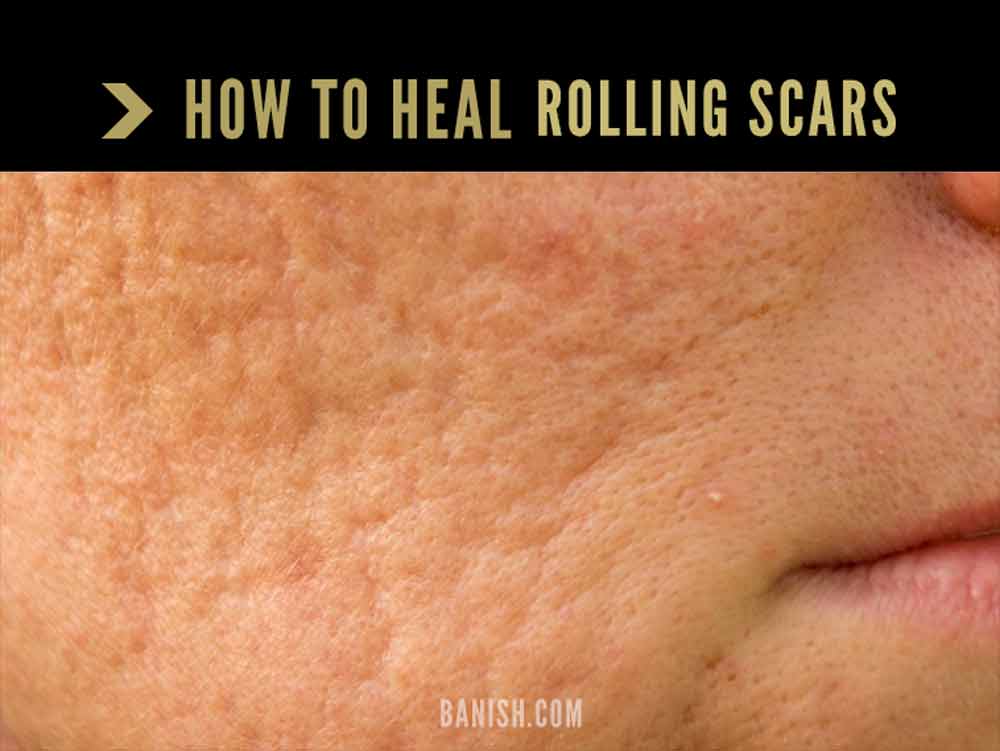

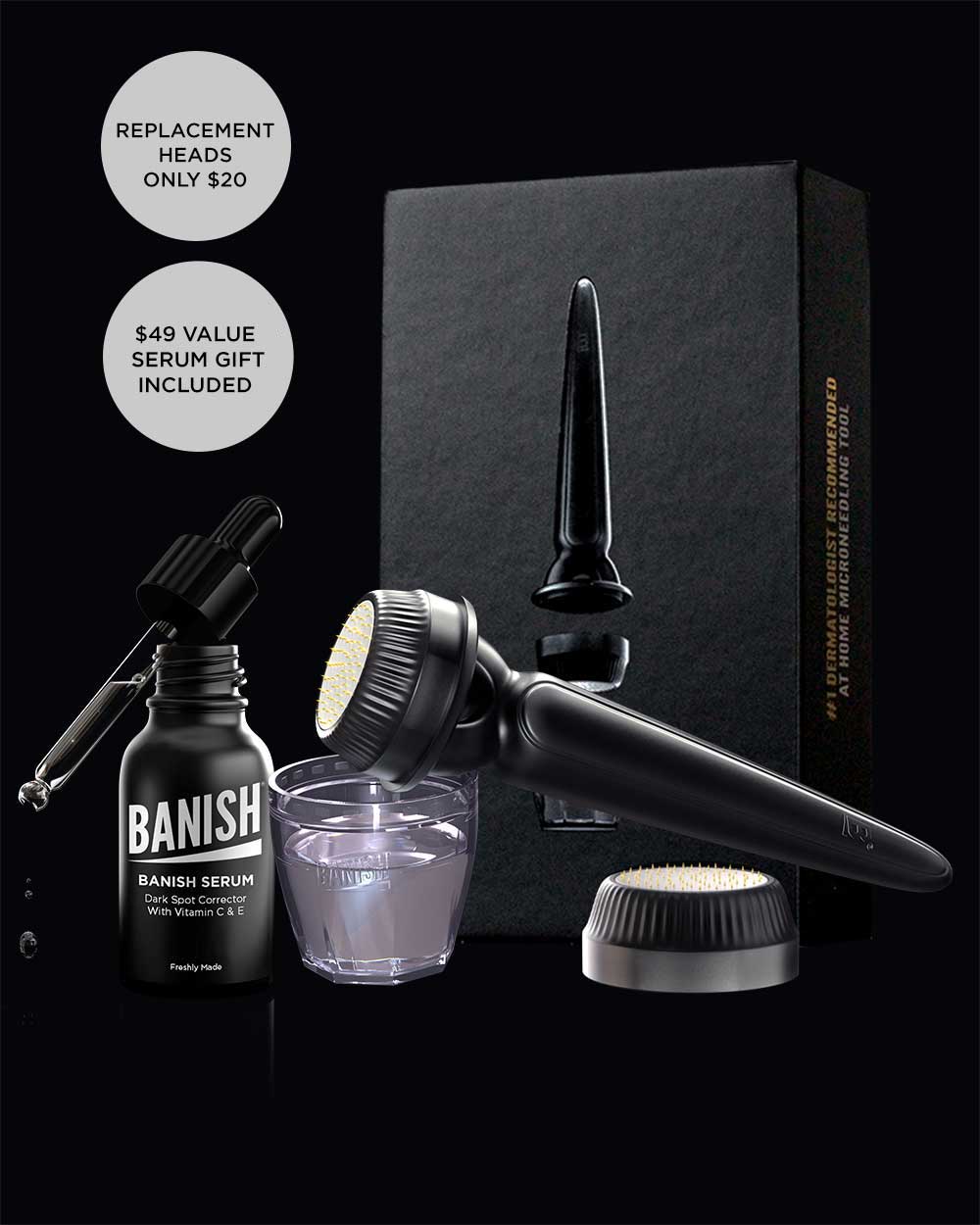



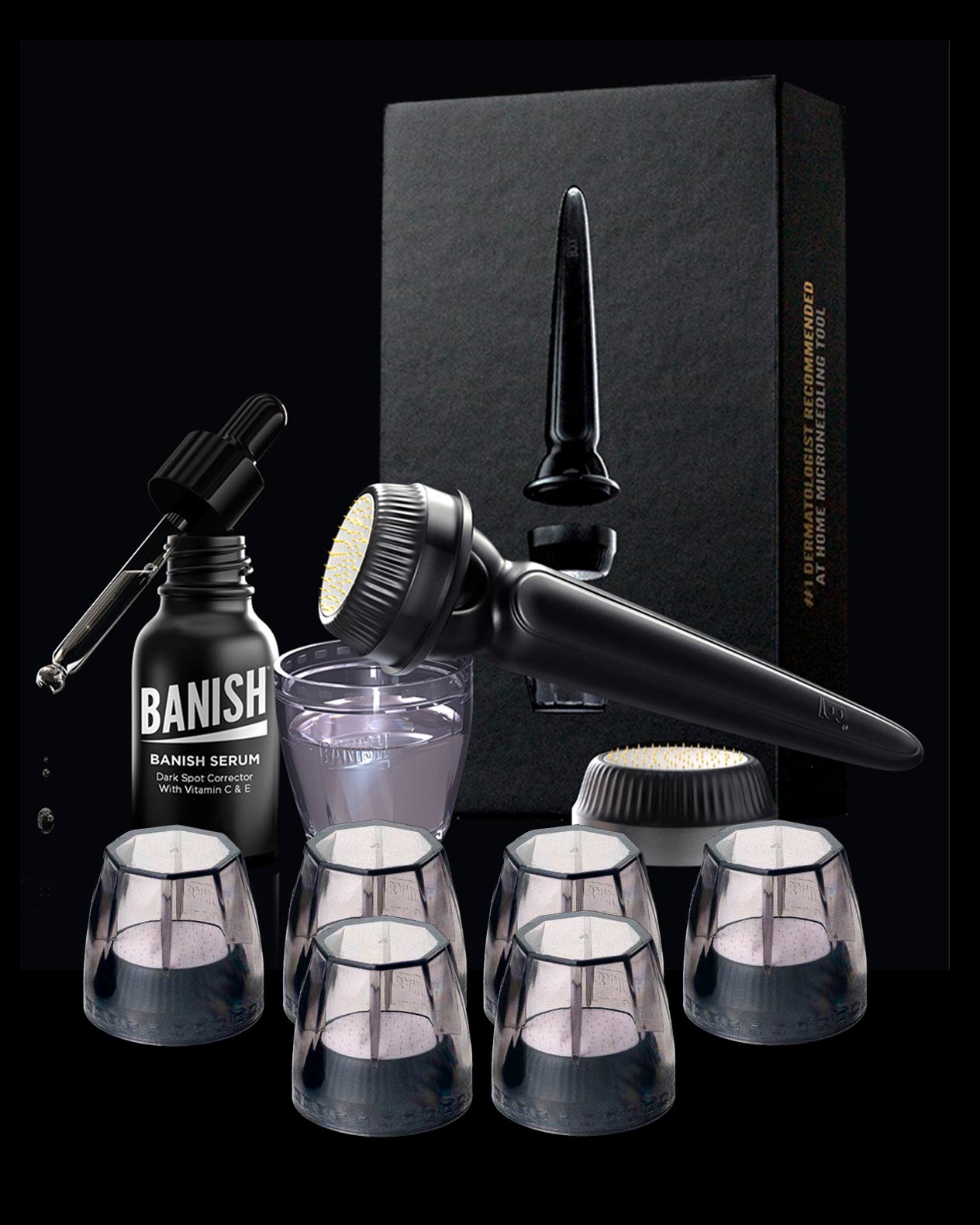
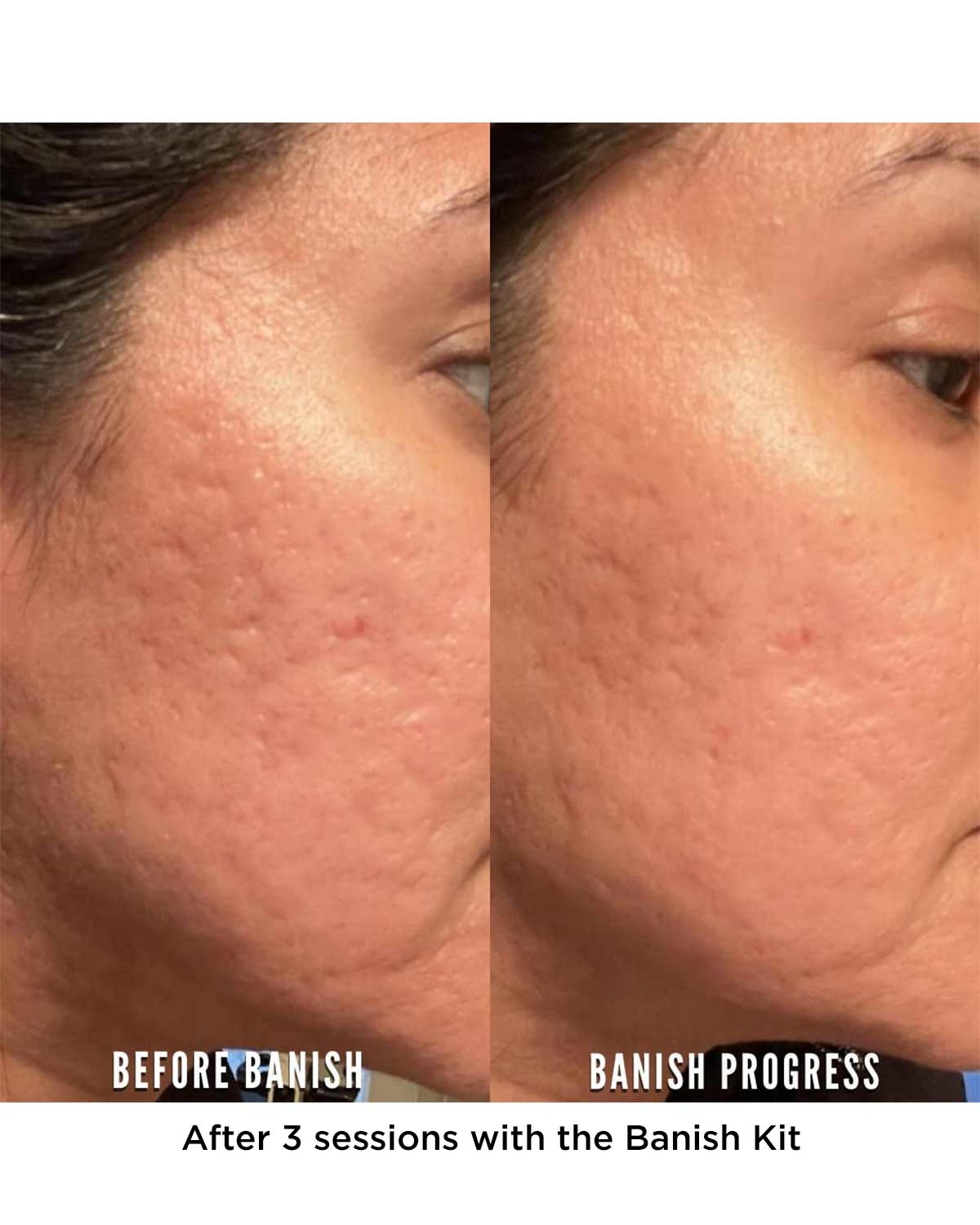


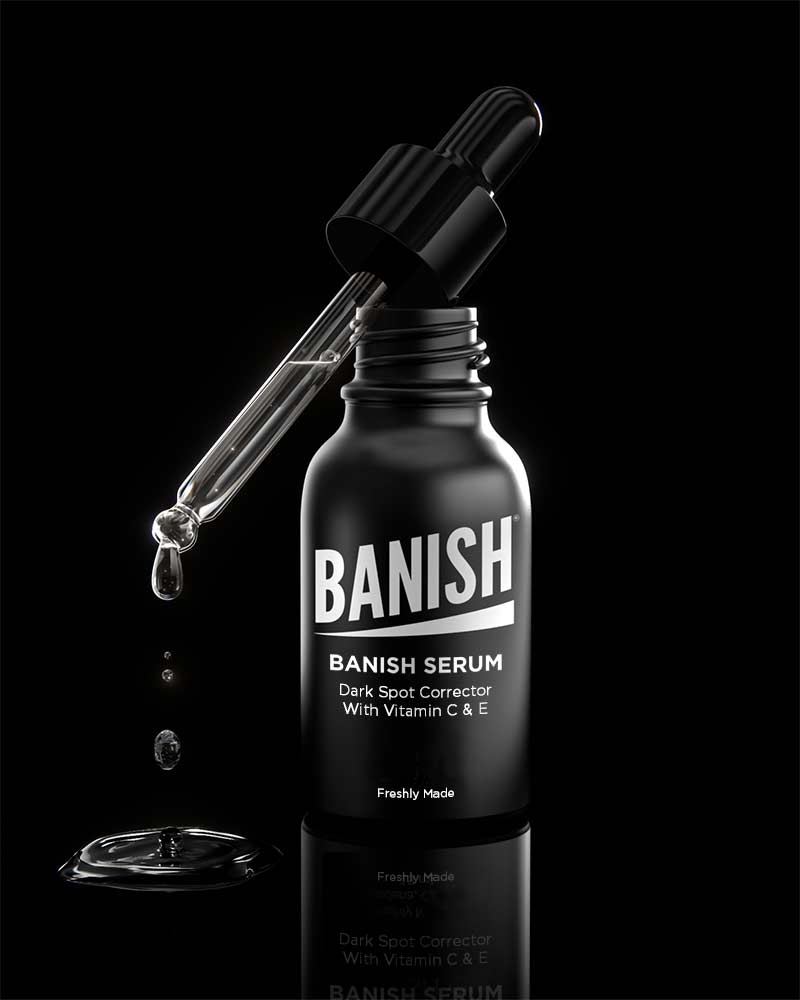


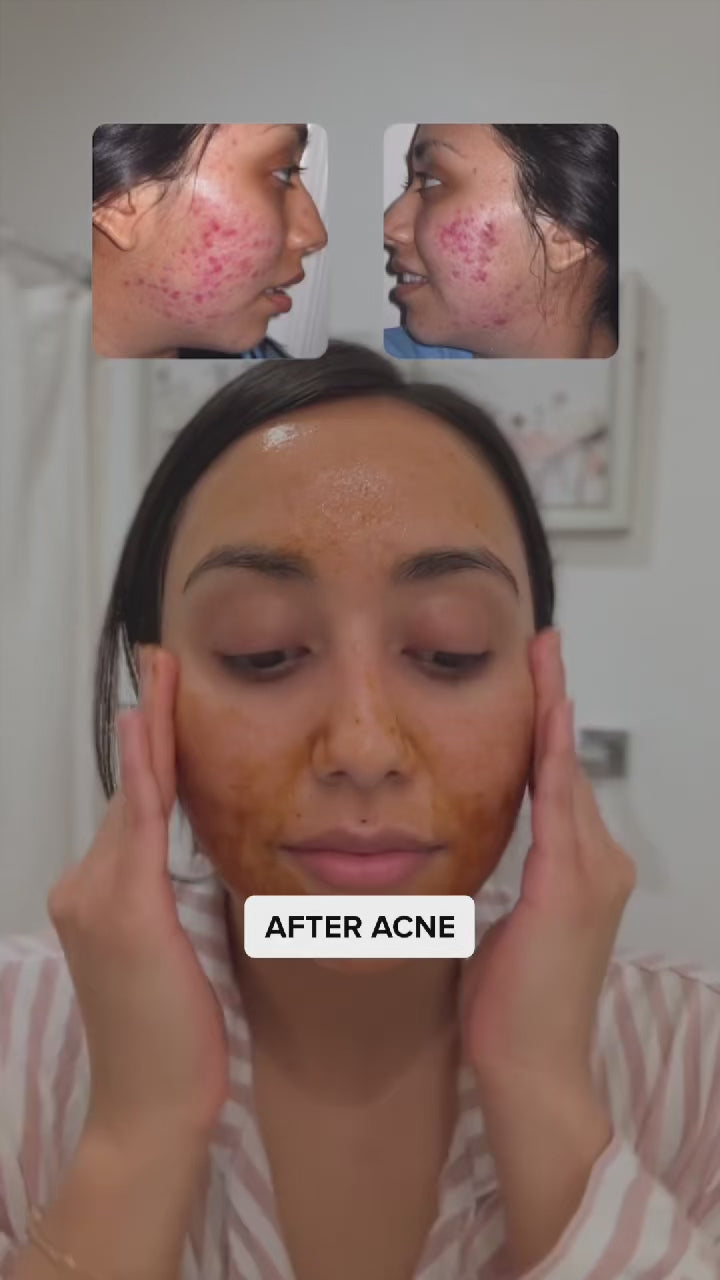
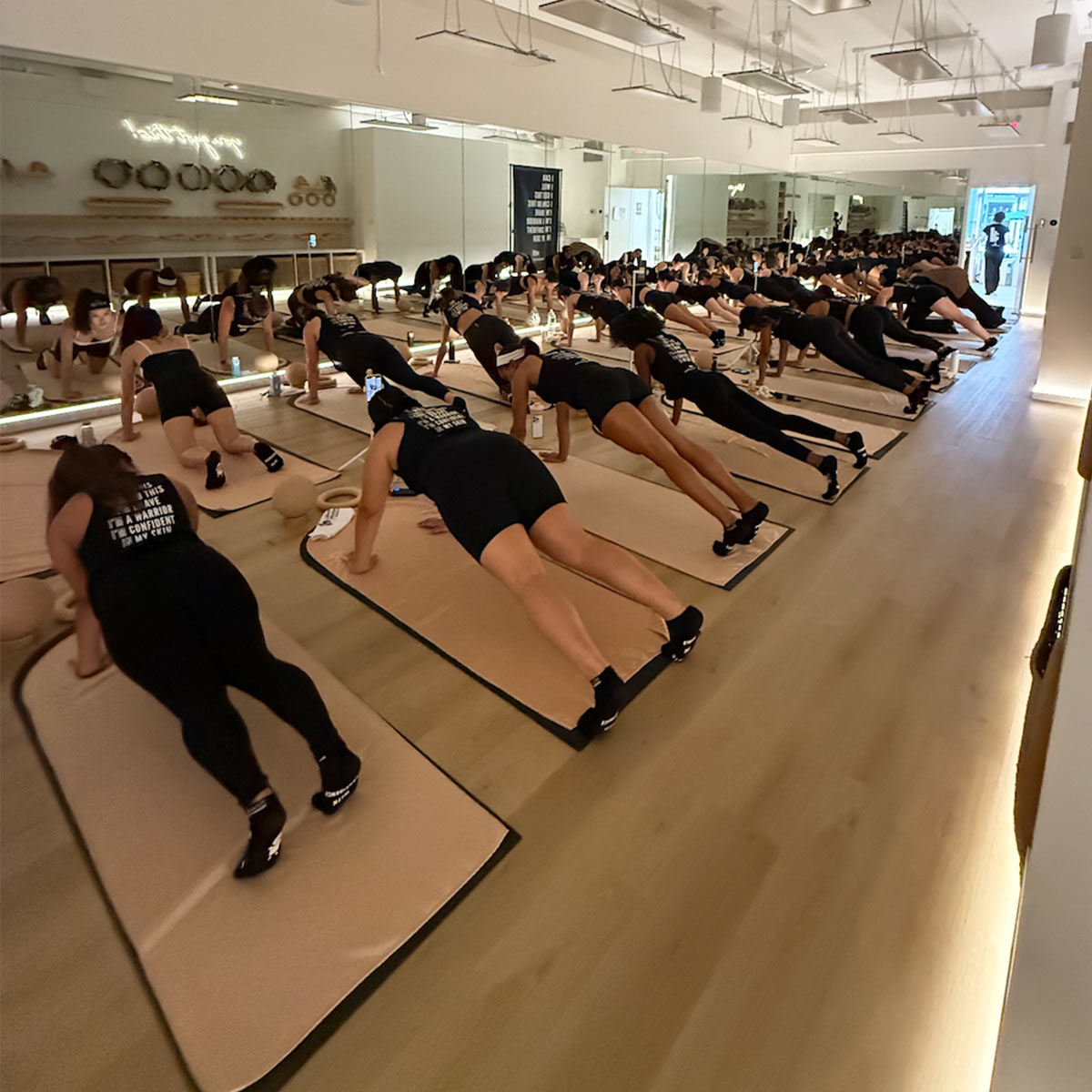








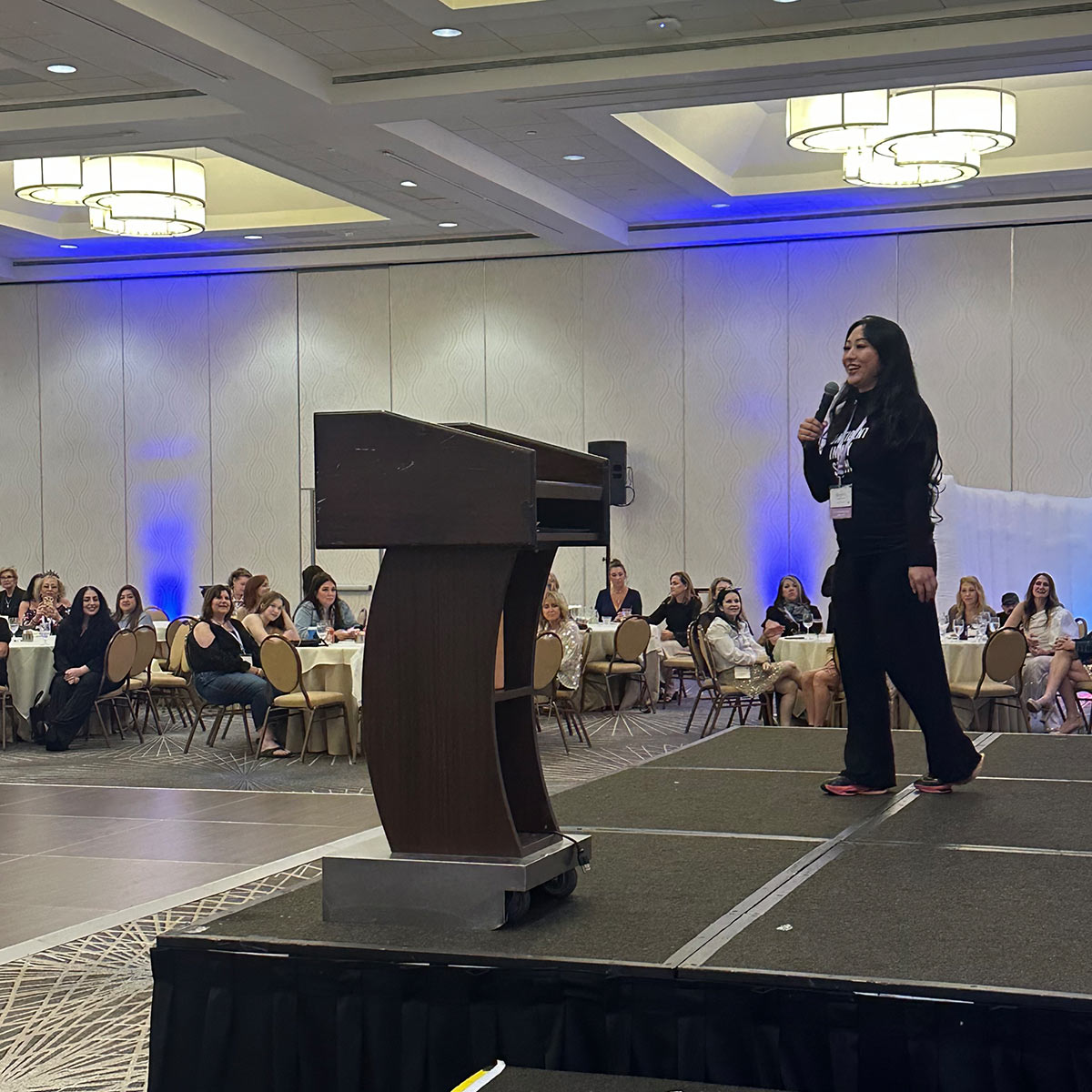
Leave a comment
All comments are moderated before being published.
This site is protected by hCaptcha and the hCaptcha Privacy Policy and Terms of Service apply.